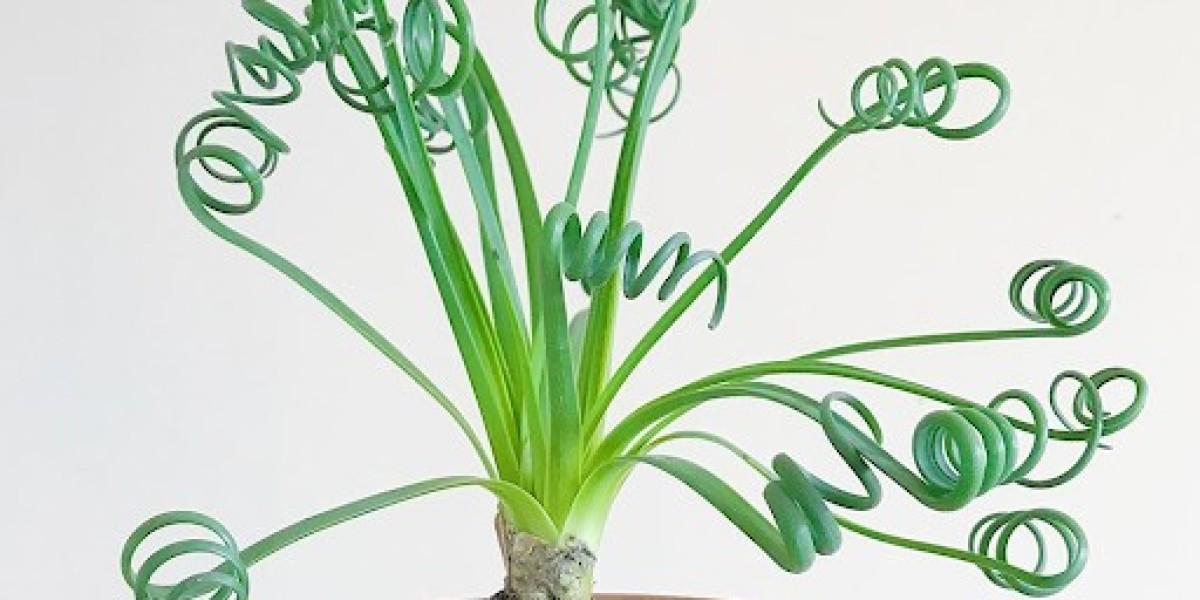The world of houseplants is vast and varied, offering a plethora of options for enthusiasts to choose from. Among the myriad choices, the Desert Rose Syngonium stands out as a captivating and resilient beauty. With its unique foliage and easy care requirements, this plant has become a favourite among both novice and experienced plant enthusiasts.
Origins and Name
The Desert Rose Syngonium, scientifically known as Syngonium erythrophyllum, is native to Central and South America. It belongs to the Araceae family, making it a distant relative of the familiar peace lily and philodendron. The common name "Desert Rose" is somewhat misleading, as it is not related to the Adenium obesum, commonly known as the Desert Rose tree. The name likely stems from the plant's attractive rosy-hued leaves, adding a touch of desert-like warmth to any indoor space.
Appearance
What makes the Desert Rose Syngonium truly stand out is its striking foliage. The plant begins its life with arrow-shaped leaves that are predominantly green. However, as the leaves mature, they undergo a captivating transformation. Deep shades of pink, burgundy, and red start to emerge, creating a stunning contrast against the green backdrop. The leaves often have a glossy finish, enhancing their visual appeal.
One of the most fascinating features of this Syngonium is its ability to produce leaves with unique patterns. Some leaves display an eye-catching mosaic of pink and green, resembling an artist's brushstroke. This natural variegation adds an extra layer of charm to the plant, making it a popular choice for those looking to add a touch of elegance to their indoor spaces.
Care and Maintenance
The Desert Rose Syngonium is known for its low-maintenance nature, making it an ideal choice for both beginners and seasoned plant enthusiasts. Here are some key care tips to ensure the well-being of your Syngonium:
Light
While the Desert Rose Syngonium can tolerate low light conditions, it thrives in bright, indirect light. Avoid exposing it to direct sunlight, as this can scorch its delicate leaves.
Watering
Keep the soil consistently moist but not waterlogged. Allow the top inch of the soil to dry out between waterings. Overwatering can lead to root rot, so it's crucial to strike the right balance.
Humidity
Syngoniums appreciate higher humidity levels, but they can adapt to average indoor humidity. Regular misting or placing the plant on a tray filled with water and pebbles can help maintain the humidity around the plant.
Temperature
This plant prefers temperatures between 60-75°F (15-24°C). Avoid exposing it to drafts or sudden temperature fluctuations.
Soil
Use a well-draining potting mix to prevent waterlogging. A mix formulated for aroids or general-purpose indoor plants works well.
Fertilisation
During the growing season (spring and summer), feed the plant with a balanced liquid fertiliser every 4-6 weeks. Reduce fertilisation in the fall and winter when the plant's growth slows down.
Propagation and Repotting
Propagating the Desert Rose Syngonium is a straightforward process. The plant can be propagated through stem cuttings, which can be rooted in water or directly planted in soil. Once the roots are established, the new plants can be potted individually.
Repotting is generally necessary every 1-2 years or when the plant outgrows its current container. Choose a pot that is 1-2 inches larger in diameter than the current one, and refresh the potting mix to provide the plant with fresh nutrients.
Potential Challenges
While the Desert Rose Syngonium is a hardy plant, it may face issues such as pests (aphids, spider mites) and fungal infections. Regularly inspect the leaves and treat any infestations promptly. Overwatering can lead to root rot, so it's crucial to monitor the soil moisture levels and adjust watering accordingly.
Conclusion
In conclusion, the Desert Rose Syngonium is a remarkable houseplant that combines beauty with ease of care. Its vibrant foliage and adaptability make it a wonderful addition to any indoor plant collection. Whether you're a beginner looking for a low-maintenance plant or a seasoned enthusiast seeking a visually captivating specimen, the Desert Rose Syngonium is sure to delight with its charming presence.








